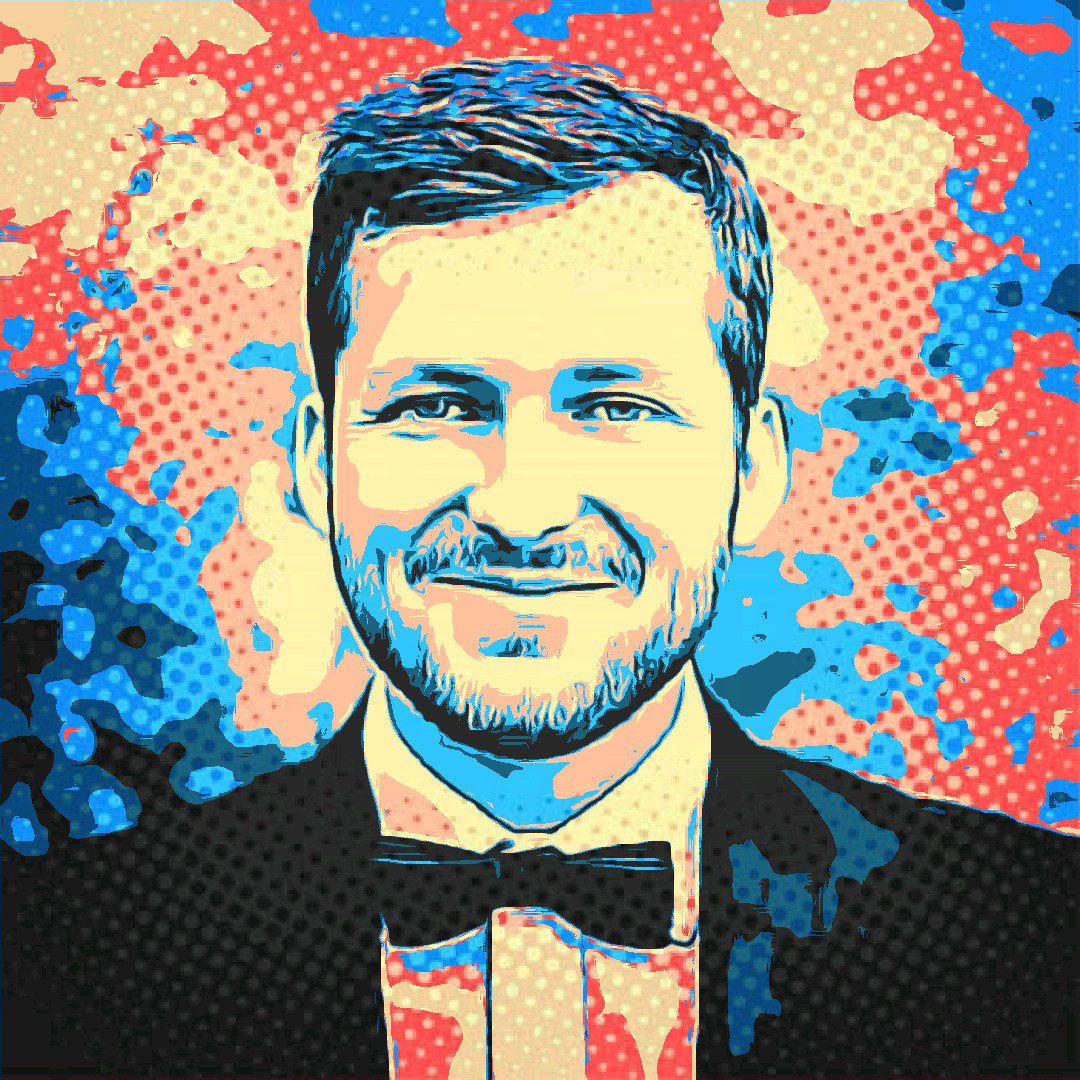Trends and Best Practices in Software Development
Trends and Best Practices in Software Development
The landscape of software development continues to evolve at a rapid pace, with new trends and best practices constantly emerging. As technology advances, developers and industry practitioners must keep abreast of the latest methodologies to ensure they produce efficient, scalable, and secure applications. In this article, we will delve into some of the most noteworthy trends and identify best practices that are shaping the future of software development.
Agile and DevOps Integration
Agility has long been a watchword in the software development community, stressing the importance of flexibility and rapid response to change. The integration of Agile methodologies with DevOps practices has taken this to another level. This combination emphasizes a culture of collaboration, continuous integration (CI), continuous delivery (CD), and continuous deployment, which altogether enhance the software lifecycle from design to deployment.
- Increased use of automation to streamline the CI/CD pipeline.
- Collaborative work environments that break down silos between departments.
- Adoption of microservices architecture for greater scalability and independence.
Embracing Cloud-Native Technologies
The move toward cloud-native technologies is a key trend in modern software development. Leveraging services like containerization, orchestrated by systems such as Kubernetes, developers can create applications that are inherently scalable and resilient. These technologies also simplify the process of deploying and managing applications across various cloud platforms.
- Containers for encapsulating application environments.
- Microservices for modular application development.
- Serverless functions for on-demand, cost-effective scaling.
Focusing on Cybersecurity
In an age where data breaches and cyber-attacks are increasingly common, software development cannot be decoupled from cybersecurity concerns. Best practices in development now routinely include a ‘security-first’ approach. This involves integrating security considerations from the outset of the development process, rather than as an afterthought.
- Incorporation of security protocols in the initial design phase.
- Regular code audits and vulnerability assessments.
- Training developers in secure coding practices.
Stay tuned for further exploration of trends and best practices in the next segment of this discussion on software development.
Adoption of Artificial Intelligence and Machine Learning
The infusion of Artificial Intelligence (AI) and Machine Learning (ML) into software development has created opportunities for more intelligent and adaptive applications. AI can automate complex tasks and provide analytics that guide decision-making, while ML models can improve over time, offering personalized experiences to users.
- Automated code generation and testing with AI-assisted tools.
- Enhanced user experience through personalized content and recommendations.
- Predictive analytics to inform business strategies and product enhancements.
Incorporating Progressive Web Apps (PWAs)
Progressive Web Apps represent a significant shift in web software development, blurring the lines between web pages and applications. PWAs are designed to work on any platform that uses a standards-compliant browser, providing a user experience comparable to native apps.
- Reliable performance, independent of network state.
- Fast loading times with the use of service workers.
- Home screen installation that elevates user engagement.
The Rise of Low-Code and No-Code Platforms
Low-code and no-code platforms have emerged as a trend that democratizes the software development process. These platforms enable individuals with limited coding expertise to build applications, thereby speeding up development and reducing the need for a large team of developers.
- Visual development interfaces with drag-and-drop components.
- Quick prototyping and deployment capabilities.
- Empowering business users to contribute to application development.
The next part of our exploration will conclude our discussion of prevailing trends and best practices in the industry of software development.
Emphasis on User Experience and Design Thinking
As technology becomes more user-centric, software development practices are increasingly incorporating principles of design thinking. This approach empathizes with the user needs and creates more intuitive interfaces that enhance customer satisfaction and engagement.
- Iterative design cycles that focus on user feedback and behavior.
- Collaboration between designers, developers, and stakeholders.
- Accessibility features to ensure inclusivity for all users.
Continuous Learning and Skill Enhancement
Given the dynamic nature of software development, a dedication to continuous learning is essential. Developers must routinely update their skills with the latest programming languages, frameworks, and tools to stay competitive and effective.
- Participation in coding bootcamps and online courses.
- Engagement with developer communities and forums.
- Regular attendance of webinars, workshops, and conferences.
Sustainable Software Engineering
With growing concerns about climate change, software development now also considers environmental impact. Sustainable software engineering is an emerging discipline that optimizes resource consumption and promotes eco-friendly practices throughout the software engineering lifecycle.
- Energy-efficient coding practices.
- Optimization of code for reduced processing power and memory usage.
- Selection of green hosting providers for deployment.
In conclusion, the field of software development continues to evolve with technological advancements, societal needs, and environmental considerations. By staying informed and adopting these best practices, developers and companies can ensure they remain at the forefront of innovation and relevance in the competitive tech landscape.
Want to know how to get started? Contact us – contact.










